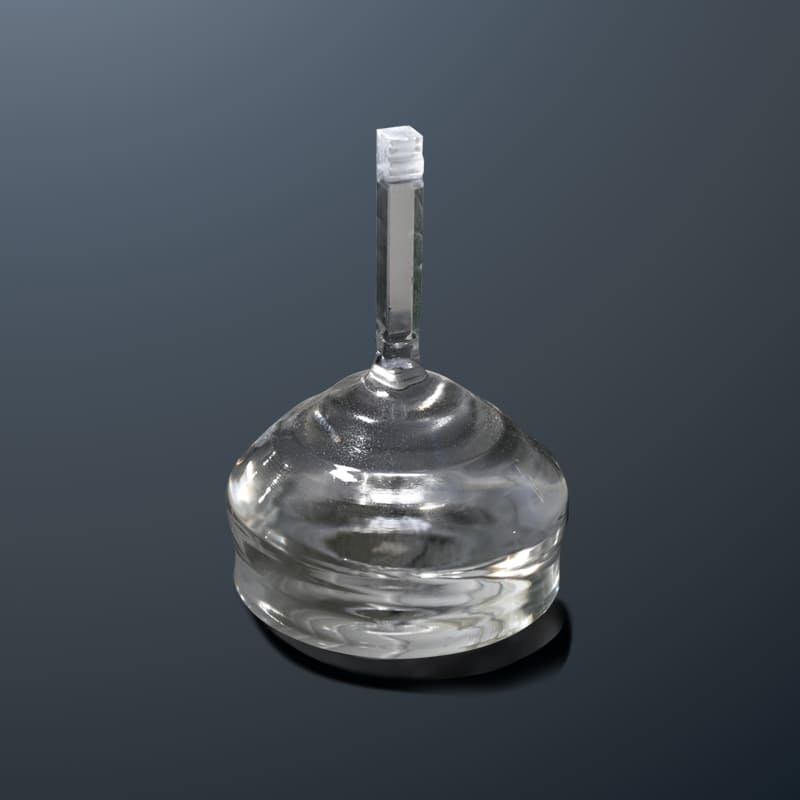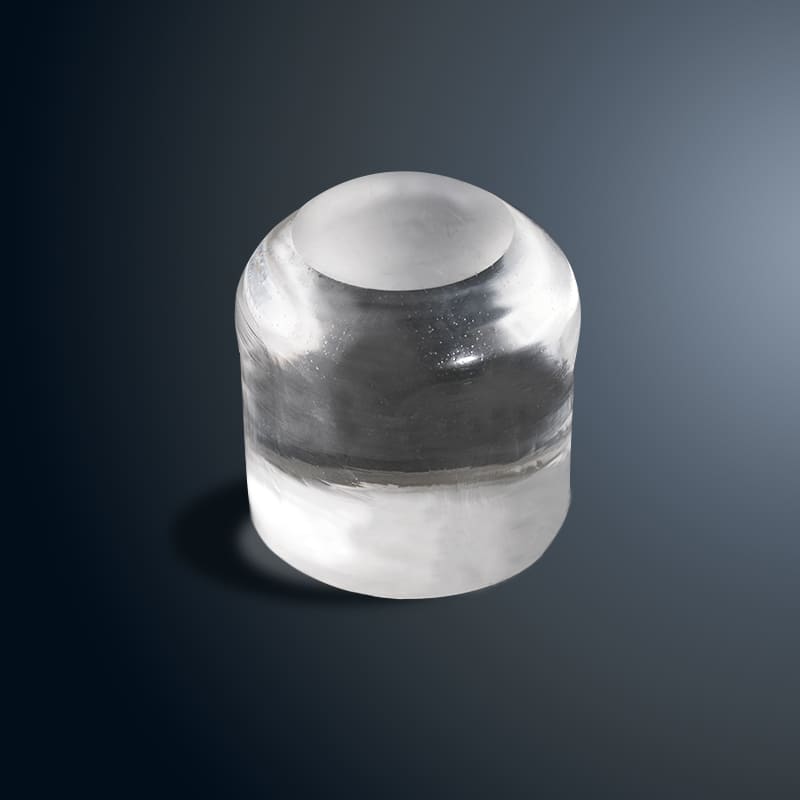Magnesium fluoride crystal, as an inorganic material, its conductivity has always been a hot research topic in the field of materials science. So, is magnesium fluoride crystal conductive?
The structural characteristics of magnesium fluoride crystals
Magnesium fluoride crystal is an ionic crystal formed by the combination of magnesium ions (Mg ²+) and fluorine ions (F ⁻) through ionic bonds. In this crystal structure, magnesium ions and fluorine ions alternate to form a regular lattice structure. Due to the presence of ionic bonds, magnesium fluoride crystals are usually non-conductive in the solid state.
The conductivity of magnesium fluoride crystals
Although magnesium fluoride crystals are non-conductive in the solid state, they can exhibit conductivity under specific conditions. The following are some conditions that cause the conductivity of magnesium fluoride crystals:
1. Melting state: When the magnesium fluoride crystal is heated to its melting point, it will melt into a liquid state. In this state, the binding between ions is broken, and ions can move freely, thus conducting electricity.
2. Dissolved in solvents: When magnesium fluoride crystals dissolve in certain solvents, they dissociate into magnesium ions and fluoride ions. These ions can move freely in the solvent, making the solution conductive.
3. External electric field: In the solid state, although magnesium fluoride crystals themselves are not conductive, when subjected to an external electric field, the polarity of ion bonds will cause ions to rearrange. This rearrangement can form an electric current, making magnesium fluoride crystals exhibit conductivity.
The Application of Conductivity in Magnesium Fluoride Crystals
Although magnesium fluoride crystals are non-conductive under normal conditions, their conductivity in the molten or dissolved state gives them potential in certain applications. For example, in the field of electrochemistry, magnesium fluoride can be used as an electrolyte material to prepare solid batteries or ion conducting devices. In addition, magnesium fluoride can also be used to prepare other fluorides, catalysts, and ceramic coatings.
Magnesium fluoride crystals can conduct electricity under specific conditions. Although magnesium fluoride crystals in the solid state are non-conductive, they can exhibit conductivity when in a molten state, dissolved in a solvent, or subjected to an external electric field. This conductivity makes magnesium fluoride crystals have potential application value in materials science, electrochemistry, and other fields.
The above is an answer to the conductivity of magnesium fluoride crystals. We hope it is helpful to you. If you have any questions, please feel free to consult or leave a message online.








